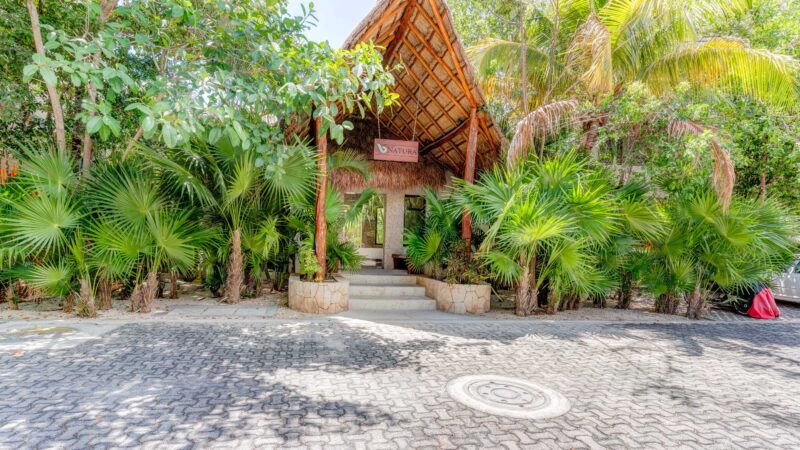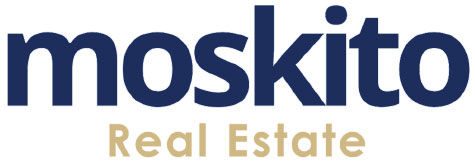
Five Local Building Materials You’ll Love in Your Riviera Maya Home
Five Local Building Materials You’ll Love in Your Riviera Maya Home
Introduction
Designing a home in the Riviera Maya is about more than choosing a view—it’s about creating harmony with local tradition, climate, and culture. In this guide, we explore five locally sourced materials—chukum plaster, regional stone, tropical hardwoods, artisan textiles, and more—that reflect the region’s authenticity, sustainability, and regional soul.
1. Chukum: The Breathable, Natural Plaster
What is chukum?
Chukum is an ancient Mayan lime-based plaster made with tree resin. The result is a smooth, breathable finish ideal for humidity control—keeps walls cool, mold-resistant, and naturally beautiful.
Why it matters here:
In a tropical climate, chukum can reduce heat uptake, eliminate mildew, and offer that sun-bleached Mediterranean look without artificial coatings.
Q: Does chukum require special maintenance?
A: Very little—just mild cleaning and occasional resealing with natural resin. Its longevity surpasses many imported stuccos.
2. Regional Stone: Raw and Rooted
Types used:
Locally quarried stones like limestone, coralstone, and cantería are ideal for floors, feature walls, counters, and patios.
Benefits:
Natural cooling from high thermal mass, durability, timeless style, and local sourcing that supports the regional economy.
Q: Is stone flooring practical here?
A: Yes—natural stone stays cool underfoot, reduces A/C demand, and resists humidity. Sealing every few years keeps finishes vibrant.
3. Tropical Hardwoods: Strength & Style
Species chosen:
Rainbow wood, jabillo, teak alternatives from managed forests.
Applications:
Doors, window frames, pergolas, outdoor furniture, and accent beams—each adding warmth, durability, and regional character.
Q: Aren’t hardwoods from rainforest areas unethical?
A: When responsibly sourced from certified local sustainable forestry cooperatives, they support both reforestation and quality craftsmanship.
4. Palm Leaves & Bamboo: Natural Shade
Usage:
Traditional palapa roofs and interior accents made from locally harvested palm and bamboo are breathable, sustainable, and culturally resonant.
Advantages:
Natural ventilation, a “tropical resort” aesthetic, fast renewability, and carbon-friendly structure.
Q: How long do palapa roofs last?
A: Typically 8–12 years with proper installation. Re-thatching is affordable and keeps the roof eco-friendly.
5. Artisan Textiles: Woven Culture
Types sourced:
Mayan cotton, brocades, hammocks, embroidered linens from local weavers.
Why include them:
Vibrant colors, heritage patterns, and fast-to-dry fabrics capture tradition, comfort, and island relaxation.
Q: Can textiles hold up in tropical weather?
A: Yes—cotton and blended fabrics designed for indoor-outdoor use are common, and removable covers make maintenance easy.
Design Tips & Inspiration
- Combine chukum walls with limestone flooring and teak doors for smooth transitions.
- Use palapa shades over patios to naturally cool living areas.
- Hang Mayan textiles near windows or outdoor seating to add color and softness.
- Accent regional stone walls with sunset colors to highlight texture.
Community, Culture & Real Estate
By choosing these local materials, owners contribute to sustainable jobs, traditional crafts, and resilient homes. These details raise property appeal—because buyers want meaningful, durable, and climate-smart homes.
Q: Are these materials more expensive than imports?
A: Not necessarily. When responsibly sourced, local materials balanced with skilled labor compete well on cost—and provide long-term value that mass-produced options simply can’t match.
Using chukum, stone, tropical hardwoods, palapa, and artisan textiles means building more than a house in the Riviera Maya. It means creating a meaningful, future-proof home aligned with culture, environment, and timeless beauty.



